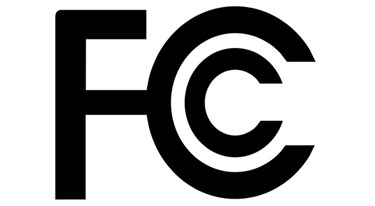FCC Ruling Means Medical Devices Could Fight Interference From Unregistered Devices

By Christine Kern, contributing writer

AHA remains “deeply concerned” regarding the decision and its impact on patient safety.
The FCC has adopted new rules that will maximize unlicensed access to the spectrum while ensuring that licensed services are protected from harmful interference, according to an FCC statement. Specifically, the move modernizes the Part 15 rules in order to accommodate growing demand for and encourage innovation in unlicensed use, and the new rules “permit unlicensed fixed and personal/portable white space devices and unlicensed wireless microphones to use channels in the 600 MHz and television broadcast bands while continuing to protect television and other licensed services from harmful interference.”
Such unlicensed devices include not only garage door openers and cordless phones, but also Wi-Fi, Bluetooth, and even the Internet of Things. The concern for members of the medical community is that these devices will now be allowed to operate on the same frequency as wireless medical monitoring devices.
The FCC decision came even as opposition was being strongly voice by the American Hospital Association (AHA) and members of Congress. Senators Tammy Baldwin, Amy Klobuchar, and Debbie Stabenow pushed for a three month delay in the implementation of the new rules in a formal letter to FCC Chairman Tom Wheeler, writing, “It is imperative that the Commission establish fully adequate technical rules for sharing, as those rules will impact the safety and use of critical medical monitoring technology for hospitals. WE strongly urge you to give the medical technology stakeholders and the unlicensed community more time to work out a technical sharing agreement that will maintain the safe use of all devices in Channel 37.”
Comments were submitted to the commission by more than 150 hospitals in more than 40 states, as well as by numerous nurses and other medical professionals that highlighted the critical nature and substantial benefits of wireless medical telemetry service (WMTS).
The affected technology operates on Channel 37 of the UHF band, used predominantly for television broadcasts. FCC Chairman Tom Wheeler asserted at the hearing that “wireless medical telemetry devices and radio astronomy services will continue to have interference protection on Channel 37.”
In response to the FCC decision, AHA Executive Vice President Rick Pollack issued a statement expressing that the AHA was “deeply concerned” by the new rules. “We believe that the technical rules adopted today by the FCC, which would allow unlicensed devices to operate in relatively close geographic proximity on the same frequency as hospitals’ Wireless Medical Telemetry System, is not in the best interest of patients,” he said. “These unlicensed devices may cause interference with wireless monitoring, preventing doctors and nurses from receiving vital information.”
The AHA and several members of Congress also requested a delay “to allow hospitals more time to work cooperatively with the unlicensed device community to create a compromise that protects patients.”
